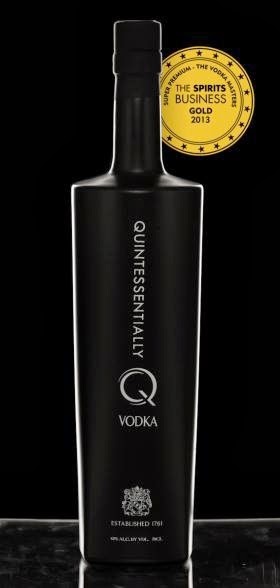101 to Thai cooking
Right now for the first time I am actually responding to a request
for so recipes to go out on this blog so Neal if you are reading this is for
you. That sound rather grand as if I am changing some kind of rule that I have
but it is not I just have never really and a direct request before.
Right to get to make Thai food you need to understand a few basic
thins and that is the main flavouring agents in the food.
The first is Galangal, this is a root from the ginger family
it looks like a Jerusalem artichoke. Widely used in South-East Asian cuisine,
particularly Thai cookery. Use it just like ginger peel the outside and dice it
up or use it in pastes.
Lemongrass, fresh is best cut the hard root base and chop it
up. It has a sweet, lemony scent, used
in a lot of Thai and South East Asian cooking. Most of the flavour is in the
thicker bulb end.
Blachan is a pungent, dark-brown dried shrimp paste. It’s an
essential ingredient in South East Asian cooking, particularly Thailand, and is
used in very small amounts in soups and curries.
Kaffir lime leaves are, as you might expect, the fragrant
leaves of a lime tree and are used widely in Thai and South East Asian cuisine.
Once again they have a spicy, lemony flavour and give a distinctive citrus
scent to soups and curries.
Fish sauce is powerful thin brown sauce made by fermenting
small whole fish in brine and drawing off the liquid. It smells pungent and
tastes very salty, but it adds richness and a layer of flavour to cooked
dishes. In Thailand it is known as nam pla.
Ketjap manis is basically a soy sauce but a thick, sweet,
rich, syrupy version of soy sauce containing sugar and spices. It is used in
marinades, condiment or as an ingredient in cooking.
Palm sugar if you can get it give the sweet back note to the
dishes that they require and finally you need lots of garlic coriander and
sweet basil.
Also if you are going to be really authentic then you need
Fragrant rice, this is an aromatic long-grain rice favoured in Thai and
Vietnamese cooking. It’s also known as jasmine rice and is quite similar to
Indian basmati, but is slightly stickier.
Now you know what to look for then you need to make to curry
paste a red Thai and a green Thai curry paste and you are good to go.
For a green Thai curry past you will need.
1tsp coriander seeds
1tsp cumin seeds
1 shallot, finely chopped
4 green bird’s-eye chillies
4 garlic cloves, crushed
A thumb-sized piece fresh galangal
1 lemongrass stalk
A small bunch fresh coriander, stalks and leaves
2 dried kaffir lime leaves
1tbsp fish sauce
A pinch ground white pepper
For the red curry paste
10-12 dried, hot red chillies
140g/5oz shallots, chopped
5 garlic cloves
A thumb-sized piece fresh galangal
1tbsp fresh lemongrass that has been thinly sliced,
crossways
6-8 fresh coriander roots
½tsp freshly ground white pepper
¼tsp shrimp paste
½tsp ground cumin
½tsp ground coriander
2tbsp bright red paprika
Now to make either of them you start by lightly toast the dry
spices in a pan. Then tip that in to a pestle and mortar, or food blender of
some kind. Add the shallot, chillies, garlic, galangal, lemongrass and whatever
else is in it. Then you pound to a paste with the pestle or blitz it in your
food processor.
As a rule add any soft herbs towards the end and any
seasoning like the fish sauce to the very end. Now you can keep that in the fridge
for about a week or if you like you can freeze it down in ice cube tray bag it
up and when you want you have an authentic curry paste ready to go.




Comments
Post a Comment